
Image Credit: http://maidenrelease.com/deepika-padukone-hd-wallpaper/
Silver jewelry, along with gold jewelry, is quite popular amongst Indian women. Ornaments made of silver, such as rings, bracelets, chains, necklaces, nose rings, earrings, toe rings, heavy kadas, and armlets, form integral part of Indian jewelry. Whereas gold jewelry has been the most popular among Indian women since ages, silver jewelry is not far behind in popularity. Apart from cities, it finds solace in the rural areas and tribal areas of the country as well. In fact, silver jewelry forms an integral part of the attire and dress of tribal people.
Women in rural areas and tribal areas wear heavy silver jewelry. These heavy jewelries are meant for financial security during contingency, apart from being a source of adornment. The practice of making new jewelry by melting old silver jewelry is still practiced in major parts of India, but recently this trend has been reversed. Old silver jewelry is in demand and fashion now. Oxidized silver jewelry with traditional designs that gives old and rough look, is quite popular these days.
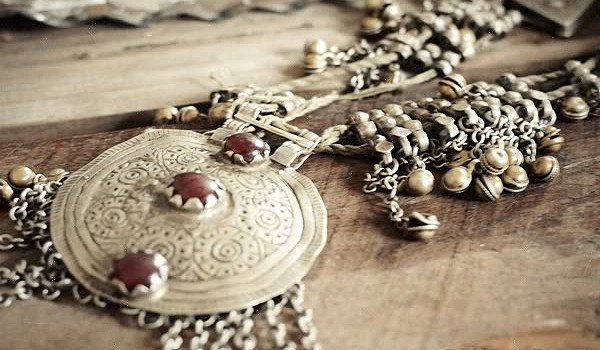
Silver jewelry studded with gold, precious and semi-precious stones is quite popular, particularly in southern parts of India. The USP of these ornaments is that they are light weight and of reasonable cost. The versatility can be observed in silver jewelry, as different states have indigenous influence over its design. The pattern and precision differ according to region and likes-dislikes of people. Many times, one can determine the marital status of women as well as her community by the jewelry she wears.
Silver jewelry made at Kolhapur (Maharashtra), Hathras (UP), Salem (Tamil Nadu), and Rajkot (Gujarat) is of traditional design and of light weight. The traditional motifs and designs are adorned with precious and semi-precious stones. Such jewelry is quite popular all across the world, with large quantities being exported. Youngsters in cities can also be seen adorning themselves with silver jewelry, mainly owing to its wide variety and economical prices, as compared to gold and other jewelry.
History of Silver Jewelry
Jewelry has been an integral part of ornamentation for human beings since ages though it has become more centered on women nowadays. Starting from bones in the ancient times, human beings moved on to making dazzling jewelry from gold, silver, and diamond. Silver has always been an important metal used for creating jewelry pieces in all the ages due to its easy affordability by the people of all the income groups.
For thousands of years, silver has been widely used for making ornaments, utensils and even used as basis for monetary systems. It’s recognized as a precious metal along with gold. The usage of the metal since the olden times is evident from the fact that the word "silver" is used in Anglo-Saxon literature as siolfor and seolfor . In Germanic languages also, the metal silver is referred to as silbir and silabar. The symbol Ag which is used for silver is taken from Latin language. The root for the word lies in Indo-European languages in which ‘arg’ refers to shining and white objects.
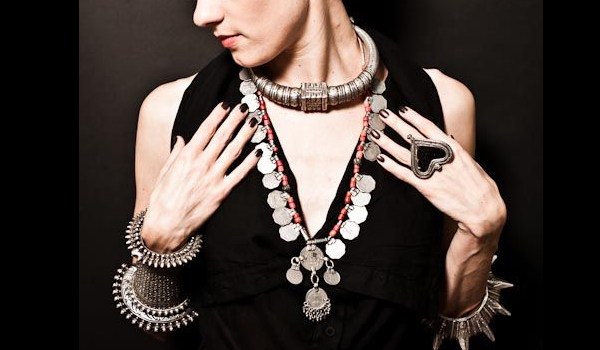
The usage of silver was so prevalent in olden times that it is also mentioned in the Book of Genesis. Heaps of Slag found in Asia Minor and on the islands of the Aegean Sea give enough proof of the fact that the process of separation and extraction of silver from lead was done even in 4th millennium BC. Sardinia in early Chalcolithic age is believed to be one of the oldest silver extraction centers in Europe.
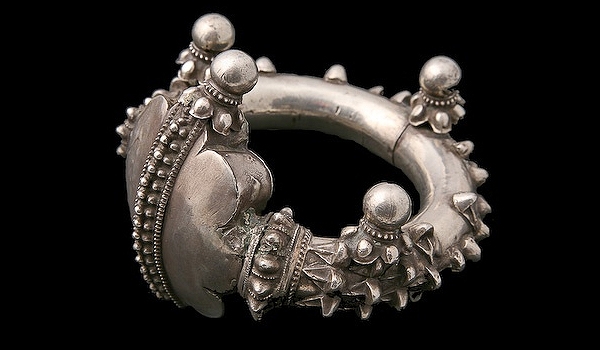
Image Credit: http://www.rabari.co.uk
The Roman currency was dependent on the supply of silver bullion to a large extent for maintaining its stability. Roman miners are believed to have produced silver on a large scale before the New World came into existence. More than 10,000 t of silver stock was owned by the Roman economy in the middle of the second century AD and this amount was astonishingly five to ten times higher than the total amount of silver available in medieval Europe and the Caliphate in 800 AD. Financial experts of the Roman Empire remained worrisome due to the loss of silver suffered due to the high payment required to procure silk from Sinica city of China.
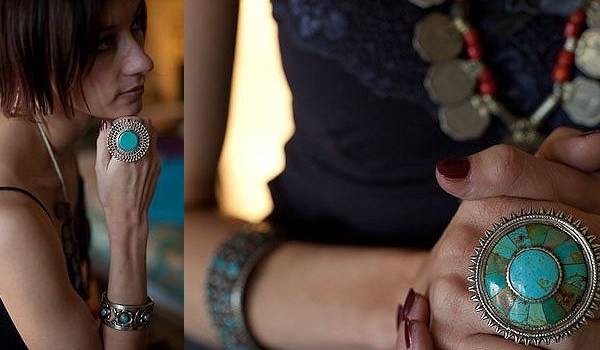
In the Gospels mentioned in the Bible, Judas Iscariot, the disciple of Jesus is referred to as taking a bribe of 30 silver coins from the spiritual leaders in Jerusalem.
Prevalence of Silver in Chinese History
In Chinese history, silver has been chiefly used in creating jewelry pieces, trading and as an easy means of exchange. It even led to opium war in the 19th century when Britain was unable to give its payments in silver in exchange of tea, silk and porcelain taken from China.
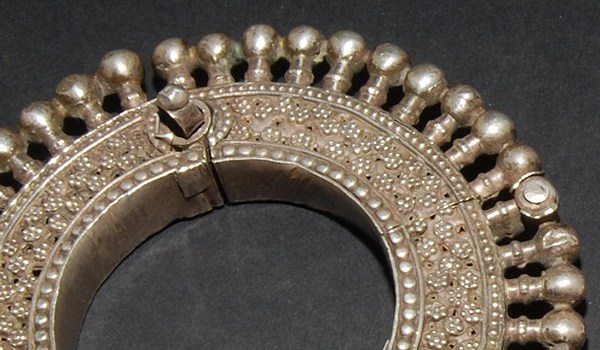
Image Credit: http://handmadeJewelrydesign.blogspot.in/2015/01/handmade-contemporary-Jewelry.html
Muslim men are allowed in Islam religion to wear rings made of silver metal on their little finger. Prophet Muhammad is also referred to as wearing a silver signet ring.
The high temperature silver-lead cupellation technology was developed in the Americas by pre-Inca civilizations in AD 60–120 which again shows the usage of technological methods to procure silver of the finest quality since ancient times.
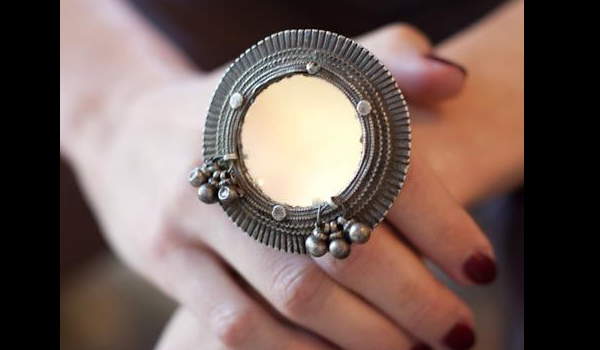
Spain, Capital Center of Silver in 100 AD
Silver mining started around 5000 years ago and the shining metal was first mined in Turkey around 3000 BC. The value of silver helped various civilizations in Crete and Greece to flourish.
During 1200 BC, Laurium mines of Greece became the main center for silver production. It helped making many of the empires thrive. In around 100 A.D., Spain achieved the position of the capital of silver production. The Spanish mines became the chief suppliers for the Roman Empire and it made silver a widely famous trading element on the spice routes of the Asian continent.
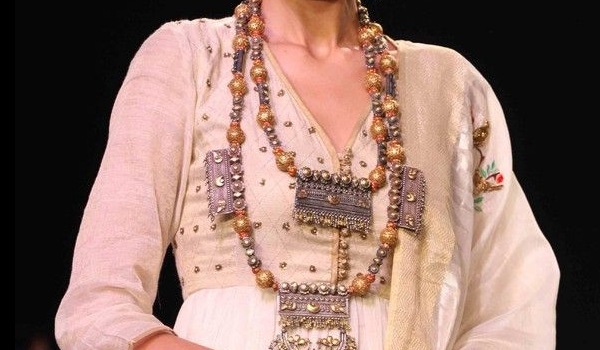
Image Credit: https://www.pinterest.com/pin/363384263654329033/
After the Moors invaded Spain, silver mining gained popularity in a number of countries located mostly in the central part of Europe. A number of silver mine discoveries took place on a wide scale between 750 and 1200 A.D. mainly in Eastern Europe and Germany.

The period from 1000 and 1500 A.D. saw remarkable growth in the usage of silver and the chief reason for it was the increased number of mines and advancement in technology used for silver extraction.
The discovery of the New World in the year 1492 helped to increase the popularity of this precious metal. This certainly played a pivotal role in reinventing the prevalence of silver throughout the world.

Image Credit: https://www.pinterest.com/pin/401453754255221140/
The conquest of Spain over the New World drastically increased the mining of silver. Bolivia, Peru and Mexico accounted for more than 85 percent of the production and trade of silver metal all over the world between 1500 and 1800 centuries.

Production of Silver Doubled in the 19th Century
In the later part of 19th century, many other countries gained prominence in the production of silver. Most important was the United States where the production of silver increased manifold after the discovery of the Comstock Lode in Nevada. After the year 1870, the production of silver continued to increase throughout the world and doubled from 40 to 80 million troy ounces.

Image Credit: http://uk.reuters.com/article/2007/09/03/india-silver-idUKNOA33259620070903
The duration between the years 1876 to 1920 saw a tremendous growth in both technological innovations as well as exploration of new regions on a worldwide scale. By the last quarter of the 19th century, the production of silver quadrupled to an amount of around 120 million troy ounces on an annual basis.
In a similar manner, new inventions taking place in Central America, Australia and Europe helped a lot in increasing the silver production. Between the years 1900 and 1920, a 50 % increase in global production brought up the silver production to 190 million troy ounces on an annual basis. The credit for this drastic increase in production was also due to the high number of discoveries in Canada, Africa, Mexico, the United States, Chile, Japan, and many other countries.
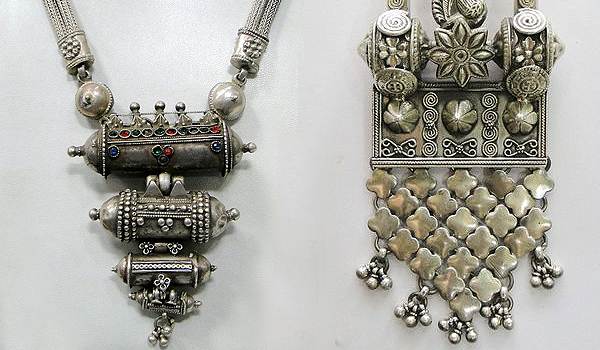
High Demand for Silver Jewelry in 21st century
In the 21st century, new and highly advanced technologies have contributed immensely to the massive rise in the production of silver on a worldwide scale. Some of the technologies which chiefly contributed in increasing the silver production include mining; steam assisted drilling, dewatering, and improved haulage system. Apart from this, advancement in mining techniques helped in easy separation of silver from other ores. It also simplified the process of handling larger volumes of ores containing silver.
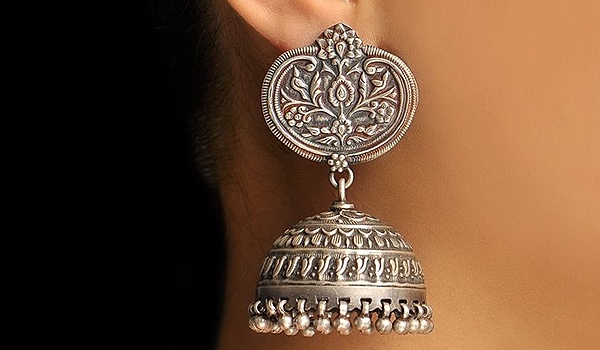
Image Credit: https://www.jaypore.com/antique-silver-mughal-jhumkas-925-sterling-p23375?eventId=605
These methods helped extensively in increasing the volume of silver production. However, the production increased to such an extent that many high-grade ores have already been depleted all over the world.
Nowadays, silver jewelry has got a lot of popularity due to the availability of a wide variety of designs in it. It is also used as a base metal for studding ornaments with various other precious and semi- precious gemstones.
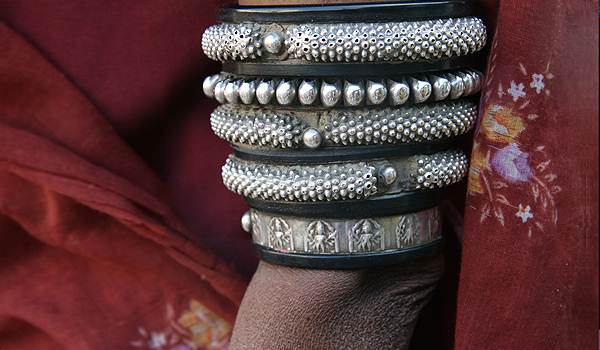
Silver Jewelry- Loved for its Easy Availability and Affordability
Due to its easy availability as well as affordability, it is adorned by people of all classes. In astrological sense, silver is considered as a cool metal which is recommended by astrologers for maintaining mental peace and controlling one’s emotions. It is advised to be worn alone in ring form or used as a base metal for rings of other gemstones.
Some of the popular silver jewelry worn by women all over the world includes earrings, rings, toe rings, nose pins, silver necklaces and many more. Whether from a scientific, traditional or astrological point of view, the charm of silver has always proved its significant place in the jewelry of the world and has gained love from women adorning themselves with it.

Image Credit: http://www.stefanopensotti.com/reportage/rabari_kutch



